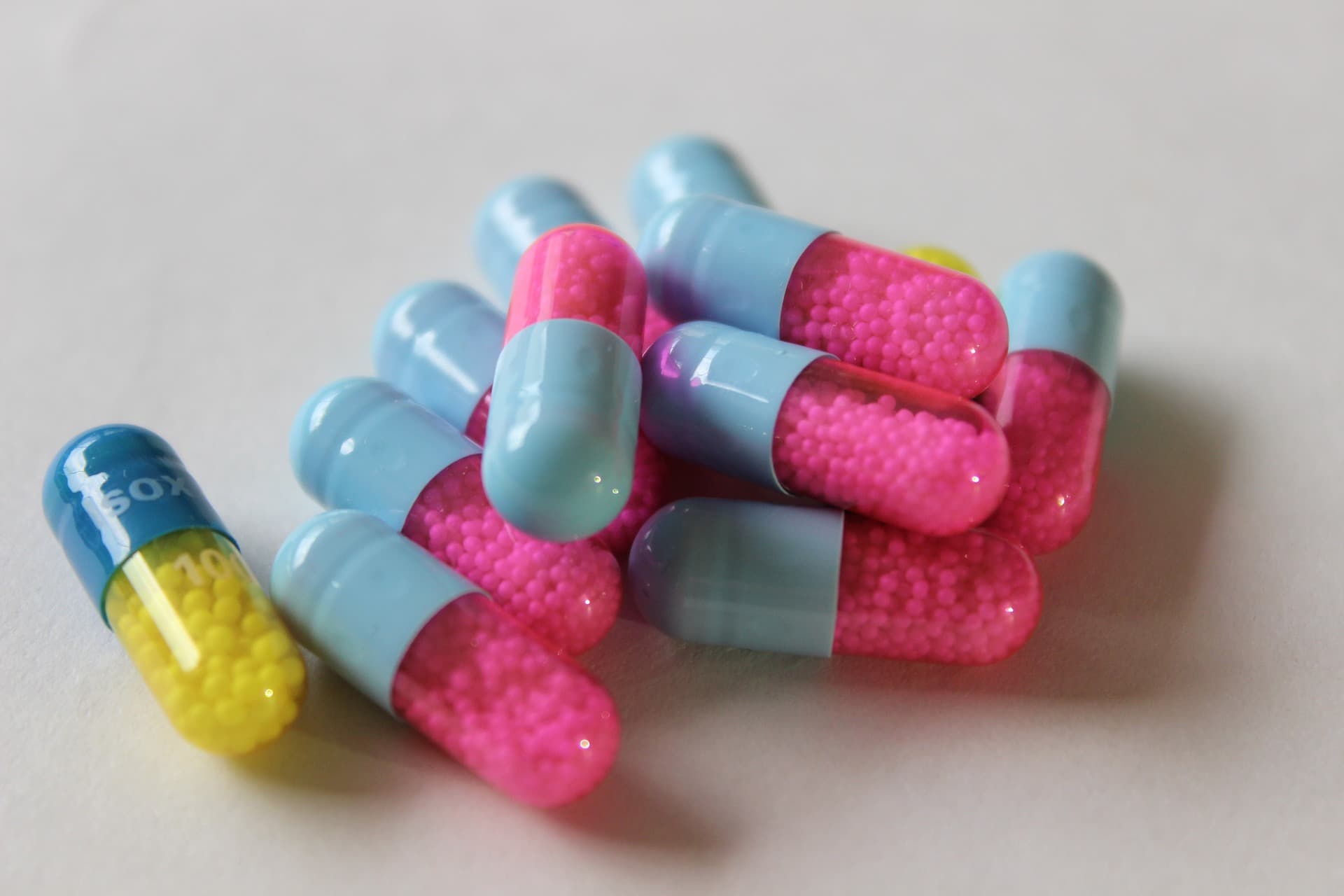The Resistance
Drug resistance is making it increasingly difficult to produce medications that effectively combat diseases like HIV, tuberculosis, and malaria — but researchers have developed a method of turning pathogens against one another that could help those drugs function as intended.
Pathogens like parasites, viruses, and bacteria sometimes develop a genetic mutation that makes them less vulnerable to certain drugs, such as antibiotics. Once one pathogen becomes able to survive treatment, it can replicate itself into a population of billions that all carry the mutation giving them resistance to the drug.
However, pathogens in the body need to compete over resources and nutrients to thrive — and drug-resistant pathogens often have greater needs. The new study took advantage of this competition by manipulating the nutrients present in drinking water given to mice.
The mice were infected with malaria parasites that were drug sensitive. When the mice were given treatment, it failed 40 percent of the time, which researchers determined was caused by the presence of drug-resistant strains. When a nutrient used by the parasites was limited, the infection didn't return in any of the mice.
Researchers then confirmed this occurred because of competition among the drug-resistant and drug-sensitive pathogens, rather than some other consequence of limiting nutrients. When the mice had only been infected with drug-resistant pathogens, then limited the nutrients available to those pathogens, the resistant bacteria survived. But when they introduced both drug-resistant and drug-sensitive pathogens, then bred competition between them by limiting nutrient resources while the mice were receiving drug treatment, the resistant parasites didn't survive.
A Little Healthy Competition
Researchers hope that harnessing pathogen competition could help create drugs that remain potent for a longer period of time. The technique could potentially be applied to existing drugs that already face resistant strains, though it would require many steps. First, researchers would need to identify a resource or nutrient that the strains need more than their non-resistant equivalents, confirm that limiting it would have the desired effect, then figure out how — and when — to remove the critical resource.
Such steps could be taken during the process of developing a completely new drug— though that could be a long way off. For now, we can only speculate as to how expensive or time-consuming such a process might be. Senior author of the study, Andrew Read, theorized that even if it is an expensive process, the long-term savings may offset the upfront costs.
"The initial screening would likely be more expensive, since more complex assays are required," Read told Futurism via email. He explained that at worst, following trials would be about as expensive as those for a brand new drug. But there's a fair chance that existing compounds – which might even already be approved for use – could be utilized, which would make the process considerably cheaper.
"The main gain would be long-term," he added. "Every year you do not need to invent/discover another new antimicrobial drug is a huge saving[s]."
At present, if a doctor observes a particular infection's ability to resist a drug, they won't use that treatment. That's not too much of a problem if there are other alternatives, but it can have major consequences if they aren't.
"Such patients recover if their immunity gets on top of the bugs, or they die," said Read. "But I would say that what we propose would be better used to protect existing drugs, rather than just as a last ditch method to save critically ill patients."
Share This Article
